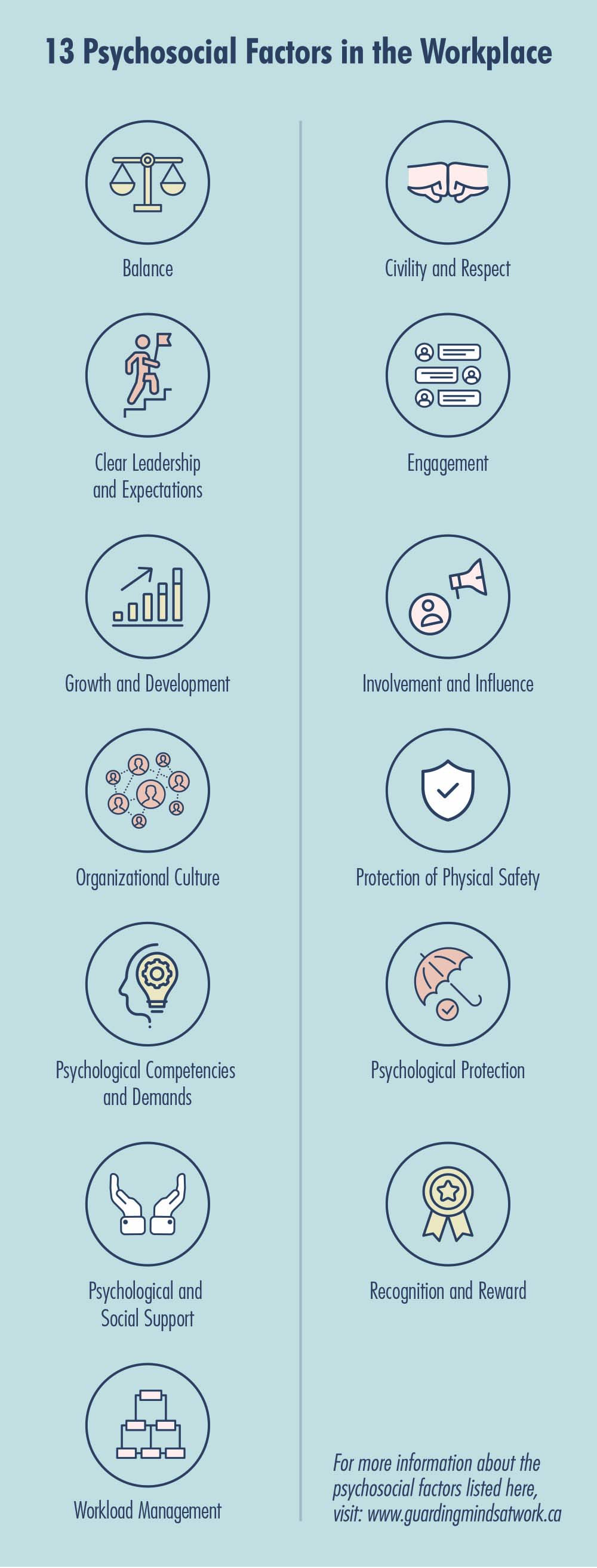How to Support Employee Mental Health
Psychosocial health factors in the workplace have a significant impact on job satisfaction, engagement, and well-being of staff
Supporting and promoting employee mental health is clearly a business imperative, but is also fundamentally “the right thing to do” as a lab leader.
Mental health disorders are among the most burdensome health concerns in the United States. According to the Centers for Disease Control and Prevention, nearly one in five US adults aged 18 or older (18.3 percent or 44.7 million people) reported having a mental illness in 2016. In addition, 71 percent of adults reported at least one symptom of stress, such as a headache or feeling overwhelmed or anxious. It is reasonable to expect that these numbers will increase secondary to events occurring since 2016, not the least of which has been the COVID-19 pandemic.
Although workplaces may not always be aware that an employee is struggling with a mental illness, they can recognize and consider how the workplace plays a part in supporting everyone’s mental health. This can be achieved by developing and sustaining healthier workplaces that remove, or at minimum, mitigate barriers that keep people from doing their best work. Managers and employees can also identify, and act on, workplace factors that may pose risk to the psychological health and safety of employees. Consider this scenario as one example:
Evan is a manager at ABC Labs. Evan is one of the most respected managers at ABC Labs. Whenever his area has job openings, there are multiple applications, both internally and externally. Turnover is basically zero, which makes each opening highly competitive. Productivity in his area is high. Interestingly, the work that his lab area is responsible for is not considered the most desirable and its physical location is a windowless basement in the building.
So, what’s his secret? Evan understands how to support employee success, which in turn makes his lab one of the best operated and most profitable.
He explores the following questions on an ongoing basis:
1. Do employees have the necessary knowledge, training, and resources to do their jobs well?
2. Are employees feeling safe at work, both physically and psychologically?
3. Are there psychosocial risk factors that need to be addressed for employees to feel safe?
Evan has open discussions about anything that impacts his team’s work and encourages their thoughts on quality improvement. Changes are communicated clearly by Evan to his people. Evan considers fairness in how he manages challenging situations and applies equitable approaches.
Ensuring that the right resources are in place, in a sufficient quantity to do the job properly with sufficient time to do their job well, is essential to employee success on a day-to-day basis. This also has a tremendous impact on job satisfaction and engagement with the work. When employees receive skills training in a timely manner when systems change or are upgraded, frustration and anxiety diminish. When employees are clear on what their role is and what they are expected to do when they come in each day, job confidence soars.
Identifying psychosocial risks in the workplace

Workplaces have what is called psychosocial factors, and employees can experience psychosocial risks when managers do not recognize or do not act on psychosocial factors that become risks. Psychosocial risk factors are the aspects of work that impact an employee’s mental health and safety. The factors are either about how work gets done or how employees interact with each other.
Guarding Minds at Work™ is a free, evidence-based tool that identifies and measures 13 psychosocial factors in the workplace that impact employee psychological health and safety. See figure 1 for a list of the psychosocial factors.
So, why is it important for lab managers to be aware of psychosocial factors? Workplace risk factors that are not addressed may lead to:
- Increased stress levels, which can lead to mental ill-health or to worsening of an existing mental health problem
- Low morale, depressed mood, anxiety, or burnout
- Being a source of suffering for the employee and lost productivity for the employer
The good news is managers, along with employees, can play a critical role in creating healthy and safe workplaces. If management and staff can cohesively work together to prioritize a healthy workplace culture, this will result in increased health, safety, and work satisfaction. Additionally, managers and upper leadership who have taken steps to address psychosocial risks see improved retention, less absenteeism, improved engagement, higher productivity, and less conflict. The lab manager’s role in ensuring staff mental health and wellness should not be taken lightly. A supportive work environment can reduce the onset, severity, impact, and duration of mental health disorders.
Canada paving the way for mental wellness at work
The National Standard of Canada for Psychological Health and Safety in the Workplace (the Standard), the first of its kind in the world, is a set of voluntary guidelines, tools, and resources intended to guide organizations in promoting mental health and preventing psychological harm at work. The goal of the Standard is to make it easier for employers and employees to take steps to prevent mental injury, reduce psychological risk, and promote a psychologically healthier workplace. This resource is free to download from the Mental Health Commission of Canada (MHCC) website. Health Canada, which funds MHCC, offers additional resources. By visiting www.workplacestrategiesformentalhealth.com, leaders can learn approaches to implementing organization-wide strategies and policies for workplace mental health. The site also hosts workshop materials, and tools for employees.
When employers invest in workplace mental health, support employee success, and mitigate or remove barriers to doing the best work, everyone wins. There has never been a better time to take action.

